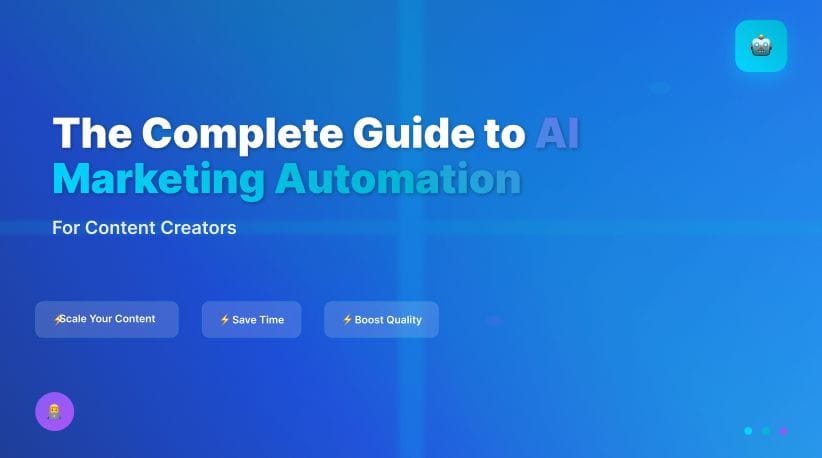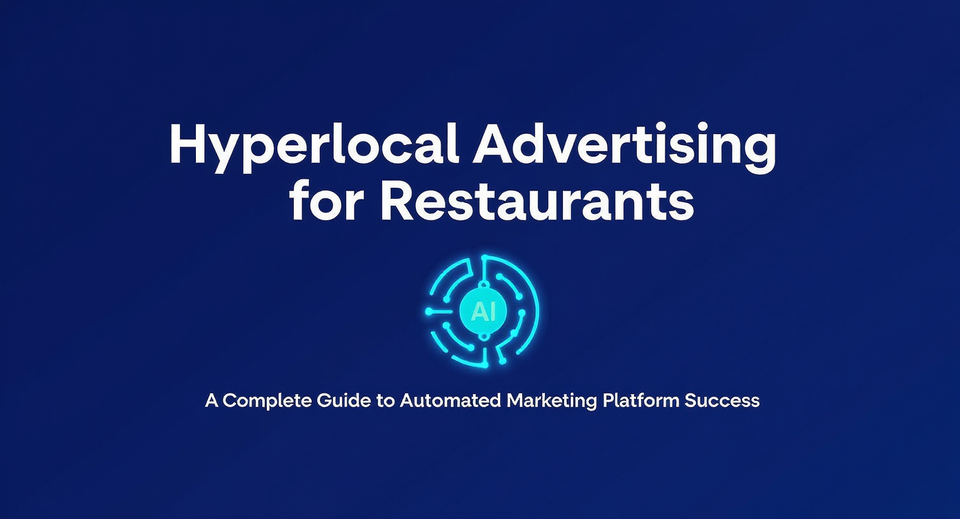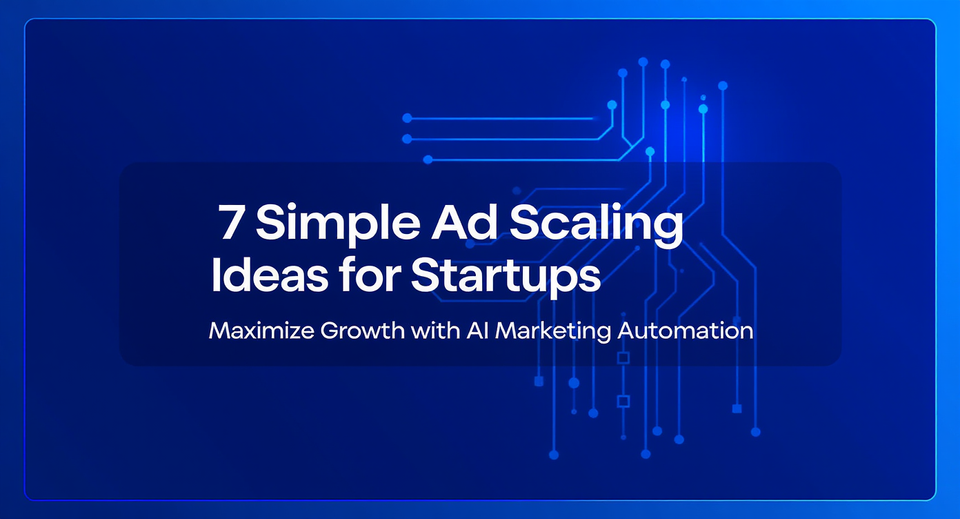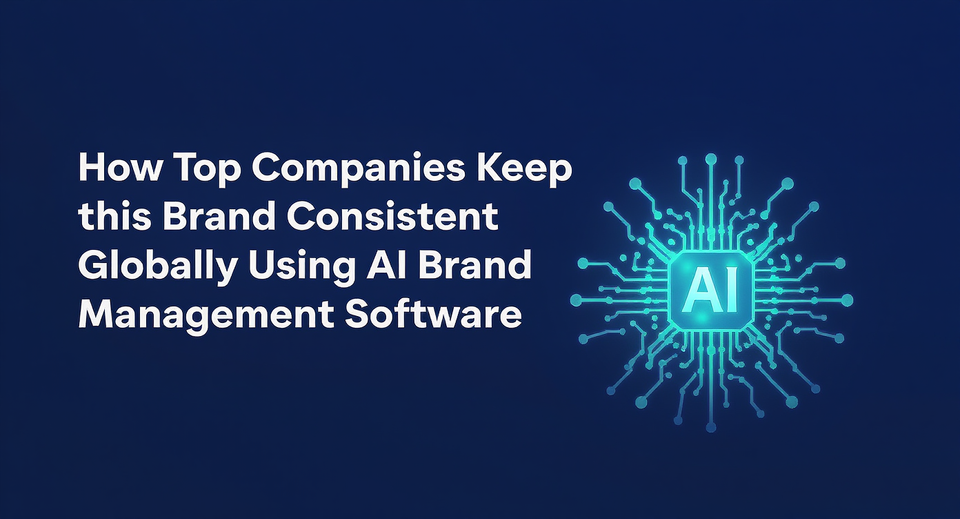The Complete Guide to AI Marketing Automation for Content Creators

The creative world is undergoing a significant transformation. Creators face mounting pressure to produce more content, faster and better. This is where AI marketing automation emerges as a game-changer for today's content creators.
Creative automation represents the powerful intersection of technology and expressive work, enabling creators to scale production without compromising quality or brand consistency. With AI content creation tools becoming increasingly sophisticated, the creative landscape is evolving rapidly.
The Evolution of Creative Production
Traditional content creation was labor-intensive, required specialized skills, and consumed significant time. From ideation to final delivery, creators navigated complex workflows with numerous manual touchpoints. This approach worked for limited-scale projects but falls short in today's high-demand environment.
The digital revolution introduced powerful tools, but failed to address the fundamental scaling challenge. Creators still struggled with producing variations, personalizing content, and maintaining consistency. The result? Creator burnout, missed opportunities, and quality compromises.
Modern automated marketing platforms address these challenges by introducing a paradigm shift in content creation. Rather than simply digitizing workflows, they fundamentally transform how creators conceptualize and execute their work.
Challenges in Contemporary Creative Production
Today's creators face several key challenges that AI marketing automation helps address:
- Content volume demands: Creators must produce numerous variations across platforms and audience segments.
- Personalization requirements: Audiences expect creative work tailored specifically to their preferences and behaviors.
- Brand consistency imperatives: Maintaining visual and messaging coherence across expanding content libraries is increasingly difficult.
- Resource constraints: Limited team capacity creates bottlenecks in meeting growing content demands.
- Platform proliferation: Each channel requires format-specific adaptations, multiplying production workloads.
These challenges create a content bottleneck where creators cannot produce sufficient high-quality assets to meet audience expectations. AI brand management software provides a pathway through this bottleneck.
Benefits of AI Marketing Automation in Creative Work
Implementing automated marketing platforms delivers multiple advantages for creators:
- Scale production efficiently: AI content creation tools enable mass production from single creative concepts.
- Personalize effortlessly: Content elements can dynamically adapt to different audience segments through automation.
- Maintain brand consistency: Templated approaches ensure visual and messaging coherence across large content portfolios.
- Accelerate production cycles: Projects that previously required weeks can be completed in days or even hours with marketing campaign builders.
- Enhance creative focus: Eliminating repetitive tasks allows creators to concentrate on high-value creative decisions.
Research indicates teams utilizing AI marketing automation can increase output by 33% while reducing costs by up to 28%. This provides a significant competitive advantage in today's content-saturated landscape.

Key Technologies Powering Creative Automation
Several emerging technologies converge to enable effective creative automation:
- Intelligent design systems: Applications that generate variations while preserving brand identity using AI content creation tools.
- Dynamic creative optimization: Systems that test and refine creative elements based on performance data.
- Template-based workflows: Flexible creative building blocks that can be reconfigured while maintaining brand integrity.
- Automated video production: Tools that generate multiple video versions by manipulating elements within established frameworks.
- End-to-end creative platforms: Comprehensive solutions covering the entire creative lifecycle.
SurgeGrowth's AI-driven marketing campaign builder exemplifies this approach, helping brands produce customized advertising at scale. The platform combines automated creative workflows with human-quality outputs, facilitating ad creation tailored to specific locations, demographics, intents, or actions.
Strategies for Implementing Automation in Creative Workflows
Creators can adopt these strategies to maximize automation benefits:
- Develop modular templates: Create flexible creative templates with interchangeable elements that maintain visual consistency.
- Identify repetitive tasks: Automated marketing platforms excel at handling repetitive, rule-based tasks that don't require significant creative judgment.
- Build content libraries: Develop extensive component libraries that can be recombined to create diverse outputs.
- Implement testing frameworks: Use automation to test creative variations with different audience segments.
- Balance automation and human creativity: Reserve uniquely human creative work while leveraging AI brand management software for production tasks.
The optimal approach isn't replacing creativity but augmenting it by automating non-creative aspects. Combining automated workflows with quality control enables massive content scaling without sacrificing the creative spark that resonates with audiences.
Creative Automation in Action
Creators apply automation across diverse use cases:
- Localized content: Generating geographically relevant assets that resonate with local audiences.
- Segment-specific creative: Producing content tailored to distinct audience segments.
- Product showcasing: Creating visuals with variable elements for each product or segment.
- Cross-platform adaptation: Modifying content to meet platform-specific requirements.
- Continuous optimization: Using AI marketing automation to test creative variations and identify top performers.
SurgeGrowth's approach customizes creatives based on specific contexts (like "Fresh Chicken in HSR Layout" or "Biryani for Gen Z") to ensure message relevance. Combined with flexible creative templates, creators can rapidly experiment with messaging, visuals, and calls-to-action.
The Future of AI Marketing Automation
Creative automation continues evolving, with these emerging trends:
- AI-generated creative elements: Advanced AI producing original creative components within brand guidelines.
- Real-time personalization: Dynamic creative adaptation based on viewer characteristics at the moment of engagement.
- Cross-platform compatibility: Systems that seamlessly function across platforms and formats.
- Predictive creative performance: AI forecasting creative effectiveness before publication.
- Democratized creative tools: Automation making sophisticated creative production accessible to small teams and individual creators.
These trends indicate creative production is becoming increasingly intelligent, adaptable, and accessible. Creators will soon be able to produce unique creative assets at unprecedented scale.
Conclusion: Embracing the Creative Automation Revolution
AI marketing automation represents a fundamental shift in creative production. By leveraging these tools and methodologies, creators can now scale output without sacrificing quality or timeliness.
Forward-thinking creators view automation as a creativity multiplier. By delegating mechanical tasks to machines, creators can focus on conceptual innovation. SurgeGrowth's automated marketing platform demonstrates that combining systematic approaches with creative thinking unlocks new possibilities for scaled content production.
For today's multi-format creators, AI content creation tools aren't merely advantageous—they're essential for competitive relevance. Those who embrace these innovations will find they can extend their creative vision to unprecedented scale.
References:
- Forrester Research: Teams using automation tools can increase output by 33% while reducing costs by up to 28%.
- Celtra Study: The majority of marketers struggle to produce sufficient high-quality content for campaigns.
- McKinsey: Personalized content can deliver 5-8x ROI compared to generic content.
- Gartner: Teams implementing automation save approximately 65% of production time.
FAQs:
Q: Is AI marketing automation accessible to all creative teams?
A: Yes, modern automated marketing platforms are designed for teams of all sizes and can scale with organizational needs.
Q: Will AI content creation tools replace creative professionals?
A: No, automation complements rather than replaces creative talent by handling repetitive tasks, allowing creators to focus on strategic creative decisions.
Q: How difficult is it to implement AI brand management software?
A: Many contemporary solutions feature intuitive interfaces that don't require specialized technical expertise to deploy.
Q: Can automated content maintain brand consistency?
A: Yes, quality marketing campaign builders preserve brand integrity by operating within established guidelines, even at scale.
Q: What metrics should we track to measure AI marketing automation success?
A: Key metrics include time savings, production volume increases, personalization effectiveness, and team efficiency improvements.




